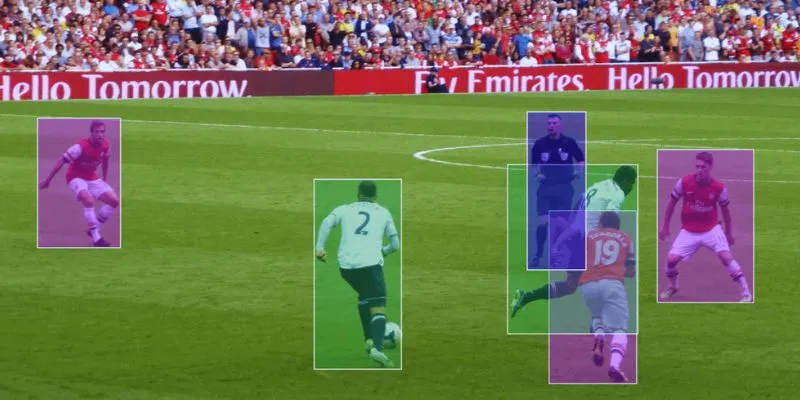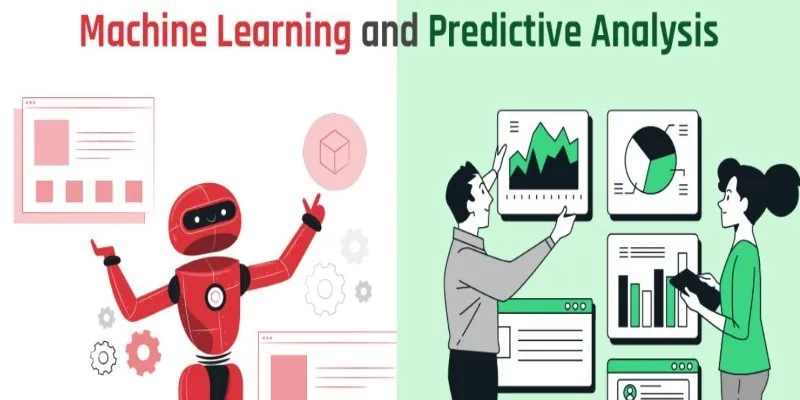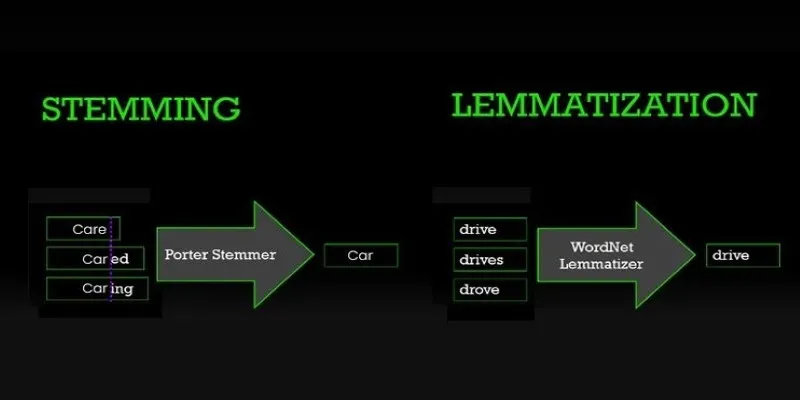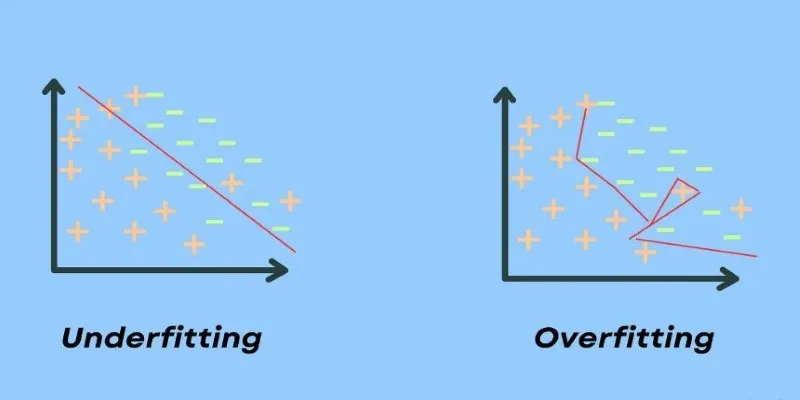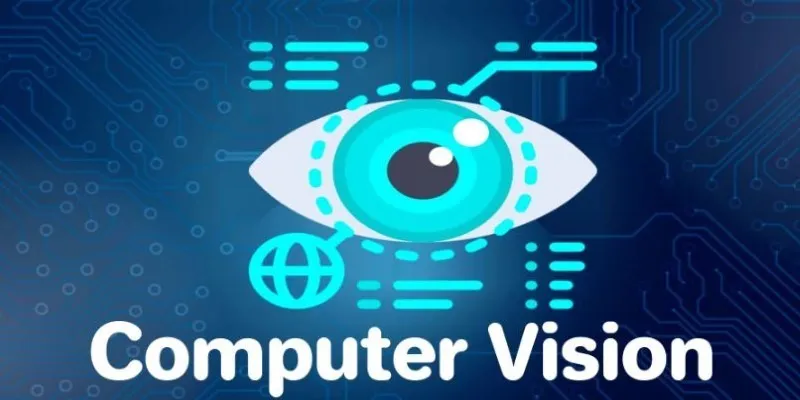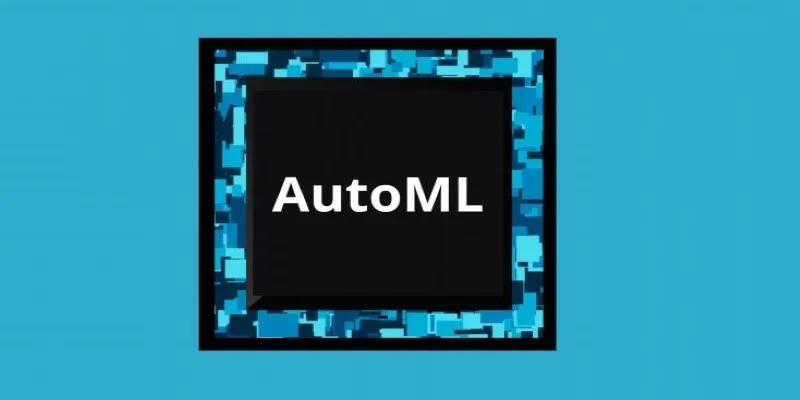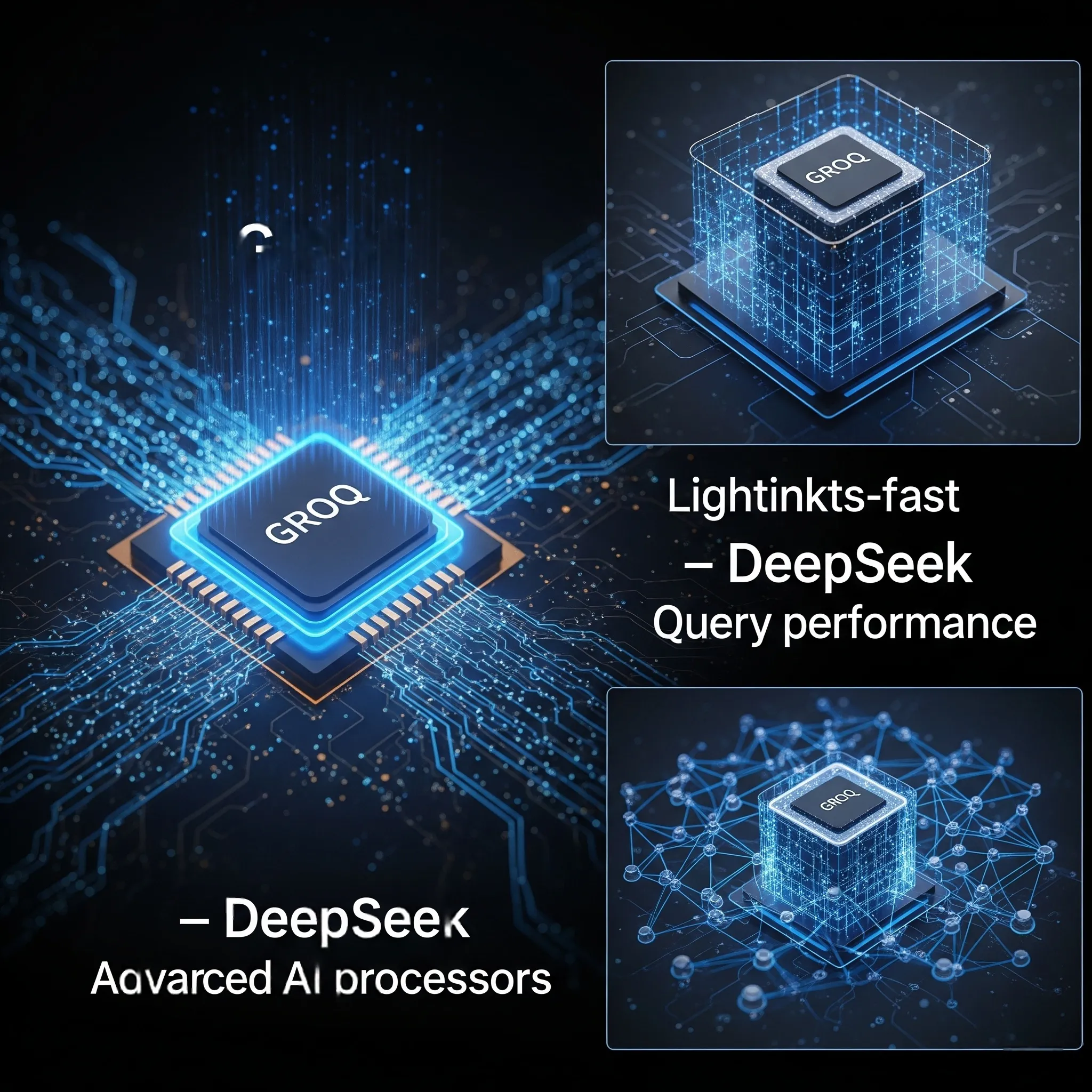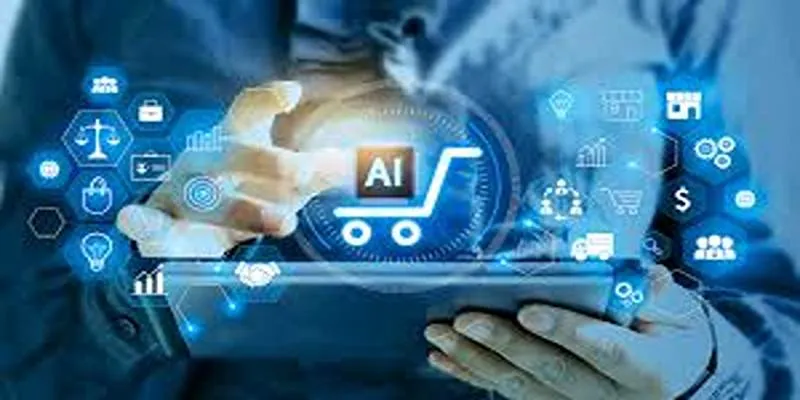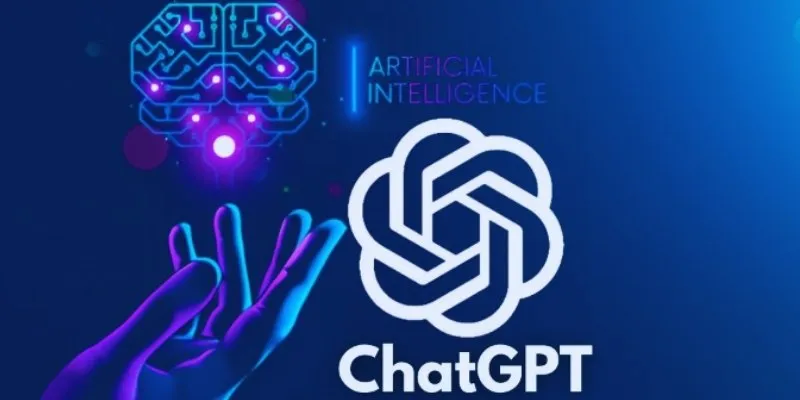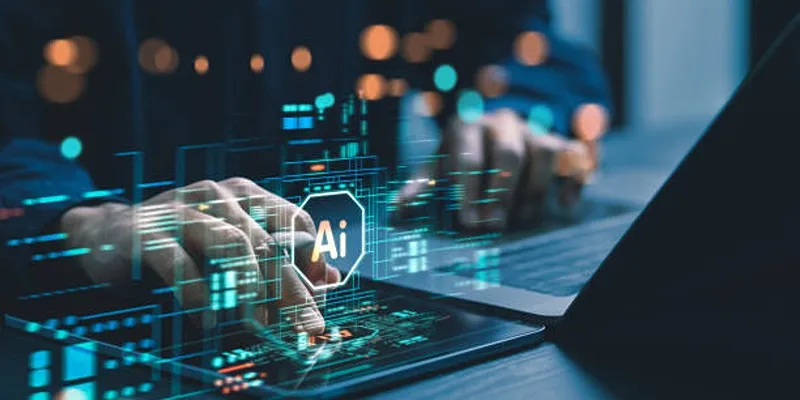Machines are getting better at seeing, but not all vision technologies work the same way. When people hear “machine vision” and “computer vision,” they often assume they’re interchangeable. They’re not. One is a specialist built for efficiency in factories and automation, while the other is a generalist, designed to interpret the world like human eyes do.
Machine vision thrives in controlled environments, scrutinizing products and navigational robots. Computer vision, fueled by artificial intelligence (AI), learns and adjusts, becoming crucial for autonomous vehicles, medical imaging, and face recognition. Understanding the distinction isn’t simply technical—it’s about how machines perceive the world around us.
Understanding Machine Vision
Machine vision is the pillar of industrial automation, enabling machines to capture and evaluate images in real-time to make decisions. This technology relies on specific hardware like cameras, sensors, and illumination systems to capture images in controlled environments. Precision and reliability are its primary objectives, especially in repetitive operations where speed and accuracy are highly desired.
Industries such as manufacturing, logistics, and quality control rely heavily on machine vision. For example, automated production lines employ vision systems to scan goods for defects, ensuring uniformity in high-volume production. Applications like barcode reading, robotic navigation, and surface inspection are typical. Unlike general AI-powered image processing, machine vision is programmed to perform predefined functions efficiently without attempting to interpret images deeply.
Machine vision is limited by strict parameters and relies on rule-based algorithms and pattern matching, instead of the adaptive learning patterns found in more general AI usage. Here, speed, reliability, and consistency are prioritized over human perception mimicry.
What Sets Computer Vision Apart?
Computer vision, on the other hand, focuses on interpreting visual information in a manner that mimics human perception. It’s more than mere detection and classification; it seeks to comprehend images on a conceptual basis. This is where machine learning-based image processing excels, allowing devices to identify patterns, detect objects, and even read emotions from facial expressions.

Unlike machine vision, which often operates in structured environments, computer vision is designed for broader and more dynamic applications. It powers facial recognition systems, self-driving cars, medical imaging, and security surveillance. Computer vision algorithms leverage deep learning and neural networks to analyze vast amounts of data, learning from variations in images and improving accuracy over time.
Medical imaging exemplifies computer vision’s capabilities. AI-driven software can scan X-rays or MRIs to detect abnormalities, assisting doctors in diagnosing diseases more efficiently. Similarly, autonomous vehicles rely on computer vision to interpret road signs, pedestrians, and other vehicles, making split-second driving decisions.
While machine vision typically works with specific, predictable scenarios, computer vision operates in diverse and unstructured environments. Its adaptability and learning capabilities make it an essential tool for AI-driven advancements.
Key Differences and Overlapping Areas
Understanding the distinctions between machine vision and computer vision is essential for recognizing their unique roles and potential synergies in various industries.
Purpose and Scope
Both machine vision and computer vision process visual data, but their objectives differ significantly. Machine vision is primarily used in industrial automation, performing specific tasks like quality control, object detection, and robotic guidance. It functions in controlled environments where precision and reliability are essential.
Conversely, computer vision is designed to mimic human perception, enabling machines to interpret and analyze images in diverse, unstructured settings. It powers applications such as medical imaging, autonomous vehicles, and facial recognition, where adaptability and decision-making play vital roles.
Hardware and Processing Requirements
A major distinction between the two lies in their hardware dependency. Machine vision systems typically require specialized cameras, sensors, and lighting setups to capture images under optimal conditions. These systems prioritize speed and consistency in image processing.
In contrast, computer vision is more software-driven, capable of working with images from standard cameras, smartphones, and even satellite feeds. By utilizing deep learning algorithms, computer vision can process visual data without the need for strict environmental control.
Intelligence and Learning Capabilities
Another fundamental difference is in how these systems interpret and learn from data. Machine vision is mostly rule-based, relying on predefined algorithms to detect defects, read barcodes, or guide robotic arms. It executes specific tasks efficiently but does not evolve beyond its programmed parameters.

In contrast, computer vision leverages AI and deep learning, enabling it to recognize objects, detect patterns, and improve accuracy over time. This makes it particularly useful for complex, data-driven tasks like medical diagnostics and security surveillance.
Where They Overlap?
Despite these differences, machine vision and computer vision often work together in various industries. In manufacturing, AI-driven computer vision can enhance machine vision’s defect detection by learning from subtle variations in production. In robotics, both technologies are integrated—machine vision ensures precise object handling, while computer vision enables robots to navigate environments and make real-time decisions. The intersection of these fields is driving advancements in automation, making machines smarter and more efficient across multiple sectors.
While machine vision is built for efficiency and accuracy in structured environments, computer vision is designed for adaptability and intelligence across diverse applications. Both technologies play crucial roles in automation and AI development, often complementing each other to further innovation.
Conclusion
Machine vision and computer vision may sound alike, but their roles are distinct. Machine vision thrives in structured environments, ensuring precision in industrial automation. Computer vision, powered by AI-driven image processing, mimics human perception, enabling breakthroughs in healthcare, security, and self-driving technology. While machine vision boosts efficiency in factories, computer vision fuels intelligent decision-making. Their intersection drives innovation, blending automation with adaptability. As industries evolve, understanding these differences helps in selecting the right technology for specific needs. Both fields continue shaping the future, where machines not only see but also interpret the world in increasingly sophisticated ways.
 zfn9
zfn9
